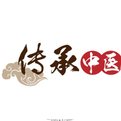Traditional Chinese Medicine for a Healthy Life
Prevention First: A Combination of Prevention and Treatment
Six Manifestations of Blood Stasis in the Body
Three Indicators to Diagnose Blood Stasis
1Local Blood Stasis Syndrome
The main symptoms include localized stabbing pain, tenderness upon pressure, and masses. Liver cirrhosis presents as a mass, known in TCM as zheng jia, which can be painful upon palpation. Angina pectoris often presents with severe pain, typically sharp or constricting.
2Systemic Blood Stasis Syndrome
Main symptoms include cyanosis of the lips and nails, a purple tongue, and a choppy pulse. If a patient’s tongue shows purple spots, it indicates blood stasis. A completely purple tongue suggests not only blood stasis but also significant coldness; in such cases, warming herbs like Gui Zhi (Cinnamon Twig) or Chuan Jiao (Sichuan Pepper) should be used. In Sichuan, 10g to 20g of Chuan Jiao is acceptable, but in northern regions, only 1g should be used to avoid discomfort for the patient.
3Abnormal Blood Loss Syndrome
Main symptoms include bleeding with dark clots. One patient with lung cancer experienced continuous hemoptysis, and various hemostatic methods, such as cooling blood and nourishing methods, were ineffective. Upon examination, the blood color was dark and stasis was evident in the sublingual veins. I prescribed Tao Hong Si Wu Tang (Peach Blossom Four Substance Decoction). I informed the family that for cancer patients, desperate measures are sometimes necessary. After two doses, the bleeding decreased, and within a week, it stopped, demonstrating the efficacy of TCM’s pattern differentiation and treatment.
I identified the abnormal blood as stasis and used blood-activating and stasis-resolving herbs, which is termed qu yu sheng xin (expel stasis and generate new blood). Once the stasis was resolved, new blood was generated, and the bleeding ceased. Other herbs were added, including Hua Rui Shi (Flower Bud Stone), Xue Yu Tan (Blood Residue Charcoal), Chuan Bei Mu Fen (Chuan Bei Bulb Powder), and San Qi Fen (Notoginseng Powder) in a 1:1:1:1 ratio. Hua Rui Shi and Xue Yu Tan are hemostatic herbs, while San Qi stops bleeding. Why add Chuan Bei Mu? Lung cancer patients often cough up blood, so stopping the cough is essential to stop the bleeding. These four herbs were encapsulated in capsules of 0.3g each, with a dosage of 5 capsules per time, totaling 1.5g of powder, taken 2-3 times a day. This treatment is effective not only for lung cancer but also for any patient with hemoptysis.
2Six Types of Blood Stasis Syndromes
1Qi Stagnation and Blood Stasis
Characterized by a deep, wiry pulse, distension, stabbing pain, tenderness upon pressure, and masses. In addition to resolving stasis, it is essential to regulate Qi. The two main herbs for this are Yu Jin (Curcuma) and Zhi Qiao (Bitter Orange Peel), with Yu Jin being the first choice as it both regulates Qi and resolves stasis.
2Cold Congealing and Blood Stasis
Characterized by a deep, slow pulse, tenderness upon pressure, dark discoloration at the stasis site, and a pale face. This type of blood stasis requires warming and resolving stasis, using Gui Zhi (Cinnamon Twig) and Wu Yao (Lindera) as the main herbs.
3Heat Accumulation and Blood Stasis
Characterized by a rapid, deep pulse, hard abdominal pain, and a state of agitation. This type of blood stasis requires clearing heat and resolving stasis, using Zhu Li Shui (Bamboo Juice) and Quan Gua Lou (Trichosanthes) as the main herbs.
4Qi Deficiency and Blood Stasis
Characterized by a thin, slow pulse, palpitations, fatigue, hemiplegia, and masses. This type of blood stasis requires tonifying Qi and resolving stasis, with a heavy emphasis on Sheng Huang Qi (Raw Astragalus), which can be used in doses of 30-60g to tonify Qi. Di Long (Earthworm) can be used to resolve stasis.
5Yang Deficiency and Blood Stasis
Characterized by a deep, thin, slow pulse, dark complexion, cyanotic lips, abdominal distension, limb swelling, and cold extremities. This type of blood stasis requires warming Yang and resolving stasis, using Lu Jiao Shuang (Deer Antler Velvet) for warming and Hong Hua (Safflower) for resolving stasis.
6Yin Deficiency and Blood Stasis
Characterized by a thin, wiry, rapid pulse, emaciation, mild pain, and dry eyes. This type of blood stasis requires nourishing Yin and resolving stasis, with the main herbs being Mai Dong (Ophiopogon) and Lu Gen (Reed Root), while Mu Dan Pi (Moutan Cortex) is used to resolve stasis.
3Five Locations of Blood Stasis
1Stasis in the Heart
Characterized by a thin, knotted pulse, palpitations, stabbing pain, and mental disturbances, often indicating arrhythmias and coronary heart disease. The main herbs are Su Mu (Sappan Wood) and Sheng Shan Zha (Raw Hawthorn). These two herbs are unique; orthopedic doctors often use Su Mu, while internal medicine doctors do not frequently use it.
2Stasis in the Liver
Characterized by rib pain and masses. The main herbs are Cu Bie Jia (Vinegar Soft-Shelled Turtle Shell) and Chi Shao (Red Peony), with a large dose of 30g for Cu Bie Jia.
3Stasis in the Lung
Characterized by rib pain and hemoptysis. The main herbs are Bo He (Mint) and Hua Rui Shi (Flower Bud Stone).
4Stasis in the Abdomen
Characterized by masses that are tender upon pressure, amenorrhea, and dysmenorrhea. The main herbs are Ze Lan (Lycopus) and Di Long (Earthworm).
5Stasis in the Limbs
Characterized by swelling, skin bleeding, and even purplish discoloration. The main herbs are Lu Lu Tong (Liquidambar) and Ji Xue Teng (Spatholobus).
Individuals with Qi and Yin Deficiency are More Prone to Blood Stasis!
Two Health Secrets from Renowned TCM Practitioners: Nourishing Qi and Yin while Activating Blood
In the TCM community, there is a famous couple of doctors who, despite being nearly eighty years old, remain active in clinical practice. They were born into families with high risks of cardiovascular diseases, yet they maintain robust health, thanks to their long-standing healthy lifestyle.
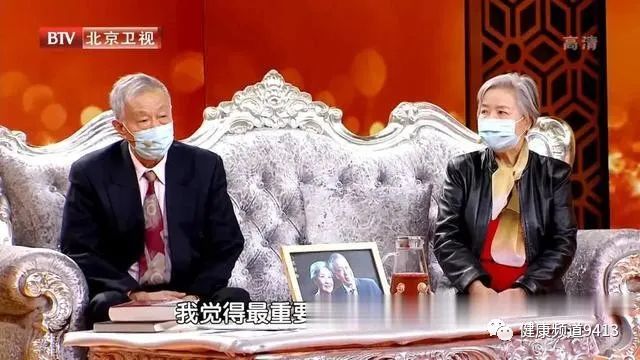
Shi Zai Xiang
Nationally recognized TCM expert, a disciple of Master Zhu Liangchun and Professor Liao Jiazhen, chief expert in the integrated TCM and Western medicine cardiology department at Japan-China Friendship Hospital. He specializes in treating cardiovascular diseases, chronic kidney disease, diabetes, and other complex internal medicine conditions.
Huang Liu Hua
Former director of the geriatrics department at Japan-China Friendship Hospital, professor at Beijing University of Chinese Medicine, engaged in medical education and research in internal medicine and geriatrics.

Both Shi and Huang have family histories of cardiovascular diseases, and they themselves have issues with blood lipids and blood pressure. However, they remain vigorous and mentally sharp at nearly eighty years old, thanks to their decades of research on blood stasis syndromes.
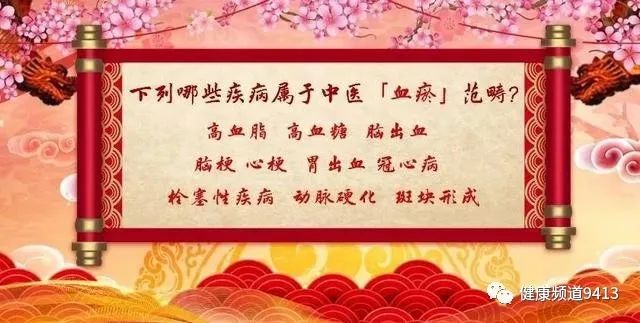
Shi stated that common conditions in middle-aged and elderly individuals, such as cerebral hemorrhage, cerebral infarction, myocardial infarction, coronary heart disease, gastric bleeding, and even high blood sugar, high blood lipids, and high blood pressure, all fall under the category of TCM blood stasis.
Blood stasis can be further divided into three types: internal blood stasis, dirty blood, and abnormal blood. For example, plaques and detached thrombi, cerebral infarction, and myocardial infarction belong to internal blood stasis; high blood lipids and high blood sugar belong to dirty blood; and cerebral hemorrhage and gastric bleeding belong to abnormal blood.

Do you have blood stasis in your body?
Signs include a purple or dark tongue, sublingual varices, facial, lip, gum, and periorbital cyanosis.
Skin roughness (thickened, scaly skin), varicose veins in different areas, and capillary dilation.
Fixed pain or stabbing pain, cramping pain.
Bruising after bleeding, black stools, subcutaneous bruising, or blood accumulation in hollow organs.
Menstrual irregularities, dysmenorrhea with dark clots.
Numbness or hemiplegia of limbs.
Mental or cognitive disturbances.
Choppy or knotted pulse, or absence of pulse.
Abdominal tenderness or positive signs upon abdominal examination.
Organ enlargement, neoplasms, inflammatory or non-inflammatory tissue hyperplasia.
Imaging shows vascular stenosis, occlusion, or abnormal rheological indices indicating circulatory stasis.
If you have more than two of the above signs (including the two), you can be diagnosed with blood stasis syndrome.
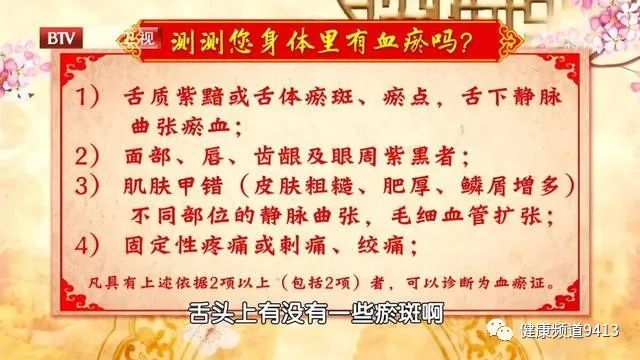
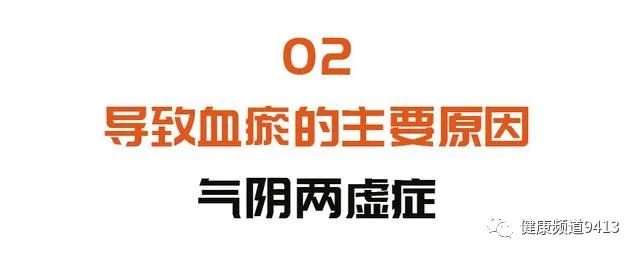
Huang explained that there are many causes of blood stasis, the most significant being age-related. Older individuals often experience blood stasis, primarily due to Qi and Yin deficiency, making Qi and Yin deficiency type blood stasis the most common clinical presentation.
Qi Deficiency: Pale complexion, fatigue, shortness of breath, spontaneous sweating, low speech, weak voice, poor digestion, pale and swollen tongue, loose stools, and frequent urination.
Yin Deficiency: Red complexion, five hearts heat, dry mouth, dry throat, night sweats, nocturnal emissions, red tongue with cracks or peeled coating.
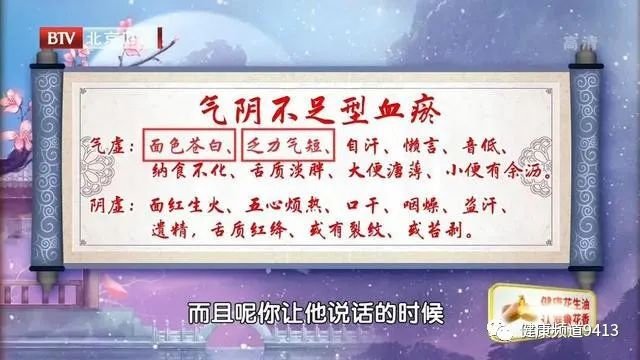
Case Study: 92-year-old Mr. Zhang is mentally sharp, clear-headed, and agile, but he has been a patient of Huang for 30 years, primarily for high triglycerides and renal insufficiency. Recently, he experienced dizziness, chest tightness, and even loss of consciousness!
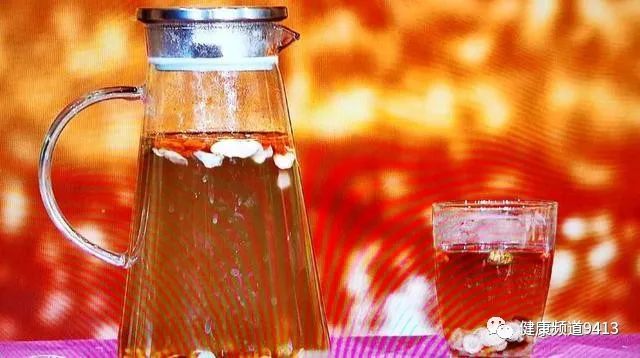
Huang noted that Mr. Zhang’s condition is a Qi and Yin deficiency type blood stasis, which has led to anemia, coronary heart disease, and lacunar cerebral infarction in recent years.
For Mr. Zhang’s stubborn and long-standing blood stasis syndrome, common blood-activating and stasis-resolving herbs may not be effective, so Huang and Shi often use Tong Luo Sheng Xian Tang (Unblock Collaterals and Raise the Sun Decoction).
Tong Luo Sheng Xian Tang
[Ingredients] Whole scorpion, leech, Chai Hu (Bupleurum), Sheng Ma (Cimicifuga), Jie Geng (Platycodon), Sheng Huang Qi (Raw Astragalus), Shan Yao (Chinese Yam), Zhi Mu (Anemarrhena)
Use the prescription as directed by a physician.
In addition to decoction treatment, Huang prescribed a daily herbal tea for Mr. Zhang, which is sweet and effective.

The two doctors brought two treasures: the first is the herbal tea Huang prescribed for Mr. Zhang, which has prevented Shi’s allergic rhinitis from recurring. Additionally, they consume a medicinal powder mixed with milk daily, suitable for patients with mild blood stasis, which has stasis-resolving and hemostatic effects.

01 Qi and Yin Nourishing Blood Activating Drink
[Ingredients] American ginseng 3g, Sheng Huang Qi 5g, Huang Jing (Polygonatum) 10g, Shi Hu (Dendrobium) 5g, Gou Qi Zi (Goji Berries) 10g, Xihonghua (Saffron) 0.3g (for infusion), San Qi Fen (Notoginseng Powder) 3g (for infusion)
American ginseng nourishes both Qi and Yin, Huang Qi not only tonifies Qi but also promotes water and generates Yang, Huang Jing nourishes Qi and moistens the lungs, Shi Hu nourishes Yin and generates fluids, Gou Qi Zi nourishes the liver and kidneys, while San Qi and Xihonghua activate blood and resolve stasis.
[Note] The daily dosage of Xihonghua in the herbal tea should not exceed 0.2-0.3g, and chewing Xihonghua and American ginseng yields better results.
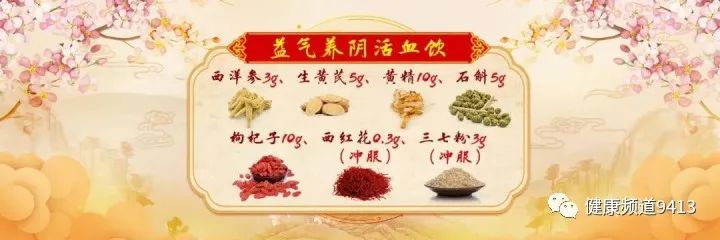
Xihonghua, also known as saffron, has effects of activating blood, resolving stasis, soothing the liver, calming the mind, enhancing immunity, protecting the liver, lowering lipids, promoting bile secretion, preventing cancer, cooling blood, detoxifying, and beautifying.
[Indications] Hypertension, cardiovascular diseases, and sub-health conditions.
[Contraindications] Pregnant women and those with bleeding tendencies should avoid this.
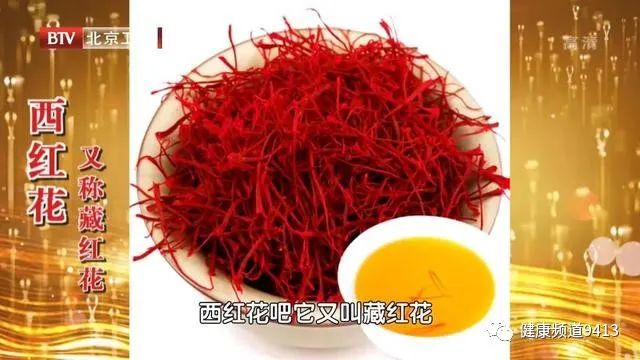
02 San Qi Powder for Infusion
San Qi has effects of activating blood, resolving stasis, stopping bleeding, and relieving pain. Elderly individuals may have difficulty swallowing, so it is better to mix San Qi Powder with milk for consumption, which is very suitable for those with mild blood stasis. However, the daily dosage of San Qi Powder should not exceed 3g.
Chronic Illness Leads to Blood Stasis: Moxibustion for Activating Blood and Resolving Stasis
Question from a netizen:
Teacher Feng Mingyu, I often hear you mention blood stasis under the tongue. I observed my tongue coating and found that the two sublingual veins were relatively thick. How can I activate blood and resolve stasis to alleviate my blood stasis problem?
Blood stasis in the body can be assessed through various methods. Moreover, the presence of blood stasis is a significant cause of many chronic diseases. Traditional Chinese medicine states: “Chronic illness inevitably leads to blood stasis.”
How to determine if there is blood stasis in the body?
Examine the tongue coating: A healthy person’s tongue should be light red with a thin white coating. If you notice blood stasis points on your tongue coating, either red or purplish, it indicates stasis.
Examine the underside of the tongue: Typically, the two sublingual veins should not exceed 2mm in width and should be mostly faint. If your sublingual veins are particularly prominent or bulging, it may indicate blood stasis.
1. Blood Stasis Symptoms
1. Blood stasis, also referred to as Qi Stagnation and Blood Stasis, is not the same as Qi stagnation, although they often occur together.
2. If your blood stasis leans towards Qi stagnation, individuals often have introverted personalities and lead repressed lives.
3. If your blood stasis leans towards blood stasis, common issues include facial melasma, dysmenorrhea during menstruation, blood clot issues, and dark circles under the eyes.
4. TCM teaches: “When Qi flows, blood flows; when Qi stagnates, blood stasis occurs.” Therefore, Qi and blood are interdependent; Qi promotes blood circulation, and blood nourishes Qi.
When Qi and blood circulate normally, toxins produced in the body can be expelled. If Qi stagnates and blood stasis occurs, toxins cannot be effectively expelled, leading to the emergence of diseases.
For instance, high blood lipids, high blood sugar, and gout may be related to this condition.
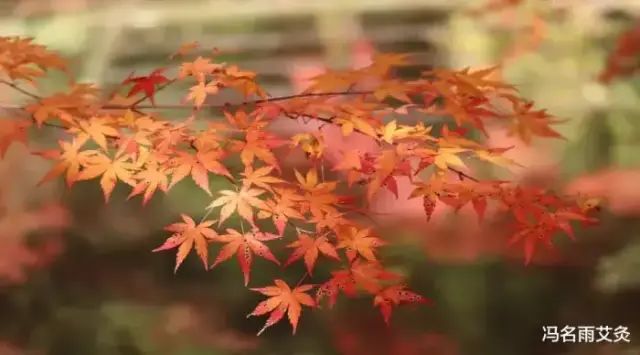
2. Regulation Methods
1. How to regulate Qi stagnation and blood stasis? I recommend several acupoints:
Qi Hai (Sea of Qi), Ge Shu (Back Shu of the Diaphragm) + Xue Hai (Sea of Blood) are the main acupoints for regulating blood stasis.
2. Qi Hai (Sea of Qi)
Location: 1.5 cun below the navel.
Explanation: Qi stagnation leads to blood stasis; thus, insufficient Qi results in blood stasis. Therefore, to regulate blood stasis, it is crucial to first regulate Qi. Qi Hai is the sea of Qi, hence it is prioritized.
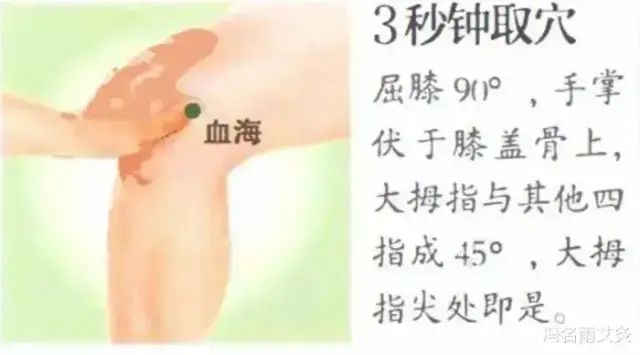
3. Ge Shu (Back Shu of the Diaphragm) + Xue Hai (Sea of Blood)
Remember, Ge Shu + Xue Hai is a must-needle combination for regulating all blood stasis-related issues. Ge Shu can activate blood and resolve stasis, while Xue Hai can tonify and nourish blood.
4. Ge Shu (Back Shu of the Diaphragm)
Location: 1.5 cun lateral to the spinous process of the 7th thoracic vertebra.
Finding Method: When the upper arm hangs naturally, locate the scapular lower angle; the intersection of the line connecting both scapular lower angles with the midline of the back is the 7th thoracic vertebra; then measure 1.5 cun laterally.
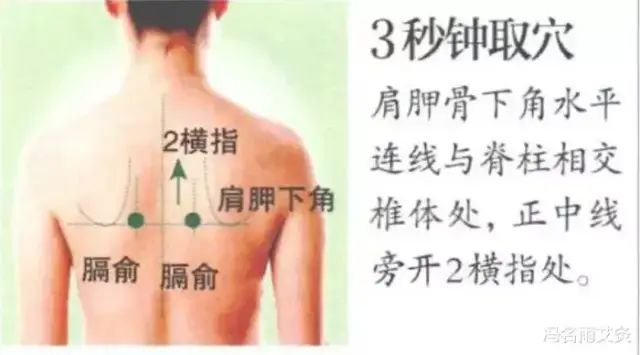
5. Xue Hai (Sea of Blood)
Location: 2 cun above the inner side of the patella, at the bulge of the inner head of the quadriceps.
Finding Method: Bend the knee at a 90-degree angle; place the palm of the left hand over the upper edge of the right kneecap; extend fingers 2-5 upwards at a 45-degree angle, and the tip of the thumb will be the acupoint. Use the same method to locate the left Xue Hai.
Tips: When locating the Xue Hai acupoint on another person, ensure both individuals have similar body types and hand sizes. If locating it on oneself, cross the left leg over the right leg, allowing the right hand to easily reach the knee.

6. Lastly, I want to emphasize that each person’s bodily issues are unique, so the selection of acupoints should be adjusted according to individual conditions.
For example, if there is Yang deficiency and cold intolerance, you can add Da Zhui (Great Vertebra) acupoint; for irritability and insomnia, you can add Shen Men (Spirit Gate) acupoint; if you want to enhance the effect of regulating Qi stagnation and blood stasis, you can also add San Yin Jiao (Three Yin Intersection) acupoint, etc.
Blood Vessel Cleaner: Xue Fu Zhu Yu Wan – Treating Four Conditions, with Coronary Heart Disease at the Top
As people reach middle age, blood pressure rises, headaches and dizziness become common, and they live in the shadow of illness.
Old Wang, a typical middle-aged patient, often feels headaches, which he attributes to high blood pressure, and even antihypertensive medications provide little relief.
Out of desperation, Old Wang sought TCM treatment. The TCM practitioner diagnosed him with liver Qi stagnation based on the color of his tongue and pulse, and recommended Xue Fu Zhu Yu Pian (Blood Mansion Eliminating Stasis Tablets).
Old Wang, with a trial-and-error mindset, followed the prescribed treatment and was pleasantly surprised to find relief from his headaches.
So, does Xue Fu Zhu Yu Wan really have such remarkable effects?
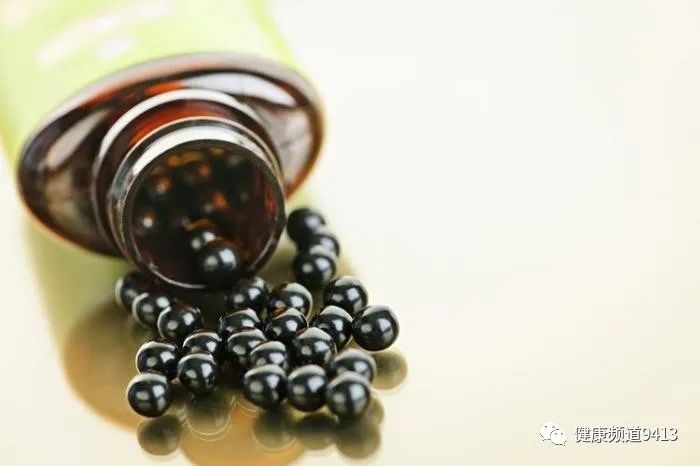
1. “Blood Vessel Cleaner” Xue Fu Zhu Yu Wan
Xue Fu Zhu Yu Pian is a famous formula by the renowned physician Wang Qingren, composed of 13 herbs including Chai Hu (Bupleurum), Dang Gui (Angelica), Di Huang (Rehmannia), etc. It is one of the fundamental formulas for activating blood and resolving stasis, with effects of regulating Qi, relieving pain, and activating blood. It is referred to as the “blood vessel cleaner” by later generations, showing good effects on cardiovascular health.
With the advancement of modern medicine, Xue Fu Zhu Yu Wan has gained new definitions.
2. Xue Fu Zhu Yu Wan can treat these four conditions.
● Coronary heart disease due to blood stasis: At Shengli Hospital of Shandong Province, 460 patients with coronary heart disease were selected and divided into two groups. One group received Xue Fu Zhu Yu Wan treatment, while the other group received conventional treatment. The results showed that Xue Fu Zhu Yu Wan had a significantly better effect on coronary heart disease due to blood stasis.
● Migraine: Migraine is considered a type of feng (wind) in TCM, where obstruction leads to pain and blood stasis in the brain vessels is a common cause. Clinical practice often employs blood-activating and stasis-resolving methods for treatment. Acupuncture combined with Xue Fu Zhu Yu Wan yields better results.
● Menopausal syndrome: Menopausal syndrome is a symptom complex caused by the decline of ovarian function and hormonal levels in women, often accompanied by symptoms such as flushing, insomnia, fatigue, depression, anxiety, emotional instability, and irritability. Such individuals should adopt methods to regulate Qi, relieve pain, and activate blood. Xue Fu Zhu Yu Wan has the effects of activating blood, regulating Qi, and resolving stasis, making it beneficial for women with menopausal syndrome.
● Chronic pelvic pain: A common gynecological condition often caused by inflammation leading to adhesions, scarring, and pelvic congestion. The Xue Fu Zhu Yu Wan contains Chuan Xiong (Sichuan Lovage), which can activate blood and resolve stasis, making it a good blood-activating and Qi-regulating herb. Additionally, Xue Fu Zhu Yu Wan combined with other blood-nourishing and stasis-resolving herbs can enhance the effects of regulating Qi and activating blood, and improve liver and spleen function.
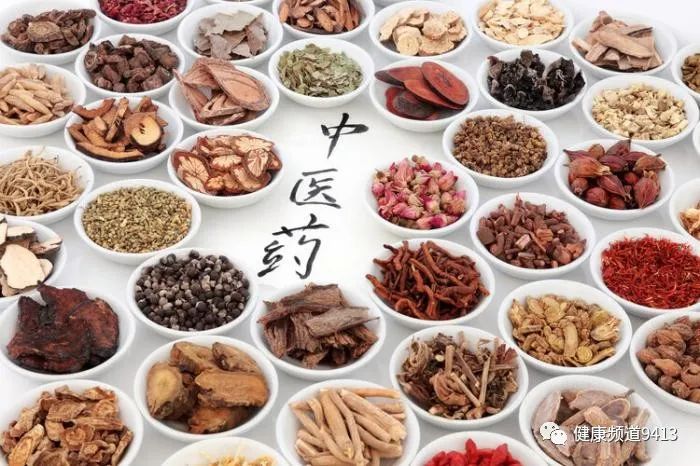
3. Xue Fu Zhu Yu Wan has contraindicated populations.
Xue Fu Zhu Yu Wan is an excellent blood-activating and stasis-resolving medicine, but like any medication, it has contraindications.
Due to its blood-activating, stasis-resolving, and pain-relieving properties, it is not suitable for individuals without blood stasis, those with excessive menstrual bleeding, bleeding tendencies, or pregnant women. Additionally, pregnant women are in a special period, and taking this medicine may lead to miscarriage, while those with excessive menstrual bleeding may experience a sudden increase in menstrual flow.
These individuals can take Xue Fu Zhu Yu Wan.
Xue Fu Zhu Yu Wan is composed of various herbs and can be used to treat headaches, chest pain, and other symptoms caused by blood stasis and poor blood circulation, especially for patients with dark red tongues, sublingual stasis, and dark circles under the eyes.
For disease treatment, current medications primarily provide relief, improving quality of life and extending lifespan, but medication should always be taken under the guidance of a physician.
Qi Deficiency, Blood Stasis, Yang Deficiency, Yin Deficiency: Ten Major TCM Formulas for Regulating Four Body Types
Many friends are familiar with the concept of body constitution, which is the inherent characteristics formed by a combination of various factors affecting our physiological and psychological states. Common TCM body types include Qi deficiency, blood deficiency, Yin deficiency, and Yang deficiency. Today, I want to discuss TCM formulas that can help regulate these four body types.
Qi Deficiency
The most basic and essential Qi in our body is Yuan Qi, which everyone relies on; blood circulation depends on Ying Qi; our ability to speak forcefully relies on Zong Qi; and the continuous functioning of our organs relies on the Qi of the meridians. When these Qi are insufficient, we need to supplement them with essence. When essence is depleted, Qi deficiency gradually develops.
1. General characteristics include fatigue, shortness of breath, spontaneous sweating, low speech, lack of energy, pale red tongue with teeth marks, and weak pulse. The spleen is the source of Qi and blood production, and those with Qi deficiency should consume foods that tonify Qi and strengthen the spleen.
2. TCM formulas for regulation:
Shen Ling Bai Zhu Wan: Contains Ren Shen (Ginseng), Fu Ling (Poria), Bai Zhu (Atractylodes), Shan Yao (Chinese Yam), Bai Bian Dou (Lima Bean), Lian Zi (Lotus Seed), Yi Yi Ren (Job’s Tears), Sha Ren (Amomum), Jie Geng (Platycodon), etc. Suitable for spleen deficiency with dampness.
Indications include reduced appetite, chest fullness, poor digestion, abdominal rumbling, and pale yellow complexion. It can tonify Qi, strengthen the spleen, and resolve dampness.
Si Jun Zi Wan: Composed of Dang Shen (Codonopsis), Bai Zhu, Fu Ling, and Zhi Gan Cao (Honey-fried Licorice), this is a basic Qi tonifying formula that is mild and suitable for regular use. If combined with Chen Pi (Aged Tangerine Peel) and Ban Xia (Pinellia), it becomes Liang Jun Zi Wan, which not only strengthens the spleen but also harmonizes the stomach and resolves phlegm.
Bu Zhong Yi Qi Wan: This formula tonifies Qi and raises Yang, and is suitable for those who are thin, pale, and fatigued.
Blood Stasis
Blood stasis is a pathological product resulting from poor blood circulation, leading to stagnation in the blood vessels, similar to sediment in a water pipe. The Shuo Wen Jie Zi states: “Stasis is accumulated blood.” Qi stagnation and blood stasis, Qi depression and blood stasis, and cold congealing and blood stasis are all causes of blood stasis formation. Blood stasis can also lead to severe conditions such as malignant tumors, coronary heart disease, and hypertension.
1. General characteristics include poor blood circulation, dull complexion, pigmentation, bruising, pale lips, dark or stasis spots on the tongue, and varicose veins or dark purple sublingual veins.
2. TCM formulas for regulation:
Gui Zhi Fu Ling Wan: Contains Gui Zhi (Cinnamon Twig), Fu Ling, Mu Dan Pi (Moutan Cortex), Chi Shao (Red Peony), and Tao Ren (Peach Kernel). It is used for blood stasis in the uterus, suitable for women with masses, dark purple blood, abdominal pain upon pressure, or dysmenorrhea.
Xue Fu Zhu Yu Wan: Derived from Xue Fu Zhu Yu Tang, it can activate blood, resolve stasis, regulate Qi, and relieve pain, suitable for headaches or chest pain due to internal blood stasis, internal heat, insomnia, palpitations, and irritability.
Yin Deficiency
Yin deficiency primarily refers to a deficiency of body fluids, essence, and blood. Just as the earth cracks without water, Yin deficiency is characterized by internal heat and dryness.
1. General characteristics include dryness of the mouth and throat, heat in the palms and soles, dry nose, preference for cold drinks, dry stools, red tongue with little coating, and an irritable temperament.
2. TCM formulas for regulation:
Liu Wei Di Huang Wan: Contains Shu Di Huang (Rehmannia), Shan Yao, Mu Dan Pi, Fu Ling, Zei Ke, and Ze Xie. It nourishes Yin and replenishes the kidneys.
Zuo Gui Wan: From the Jing Yue Quan Shu, it has the effect of nourishing the main Yin and supporting the left kidney. It is suitable for true Yin deficiency symptoms such as dizziness, weakness in the waist and knees, nocturnal emissions, spontaneous sweating, dry mouth, and red tongue with little coating.
Yang Deficiency
Yang Qi is fundamental to the body, and nourishing Yang is essential for health. All growth relies on the sun. The Suwen states: “Yin stores essence and Yang protects against external pathogens.” Yang deficiency makes individuals susceptible to wind, cold, and dampness, leading to conditions like “Bi” syndrome, water retention, and asthma.
1. General characteristics include cold intolerance, preference for warm foods, low energy, pale tongue, and slow pulse. Some may have Yang deficiency in the middle burner, leading to cold intolerance in the stomach; others may have lower burner Yang deficiency, leading to cold intolerance in the waist, buttocks, and reproductive organs.
2. TCM formulas for regulation:
Jin Gui Shen Qi Wan: Contains Di Huang, Shan Yao, Shan Zhu Yu, Fu Ling, Mu Dan Pi, Ze Xie, Gui Zhi, Fu Zi, Niuxi, and Che Qian Zi. It is suitable for lower burner Yang deficiency, characterized by cold intolerance in the waist and knees.
You Gui Wan: Nourishes Yang and replenishes essence, suitable for those with chronic illness, fatigue, cold intolerance, and weak limbs.
Ji Sheng Shen Qi Wan: Warms the kidneys, transforms Qi, and promotes water metabolism, suitable for kidney Yang deficiency leading to water retention, lower back pain, and difficulty urinating.

